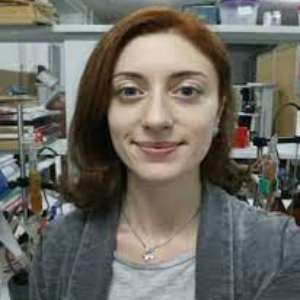Title : Aromatic polymers as a stabilizing medium for Pd nanoparticles in Suzuki reaction
Abstract:
Among different polymers nanostructured cross-linked aromatics have the greatest potential as catalytic supports due to their exceptional thermal and chemical stability and preservation of the active phase morphology. Hyper-crosslinked aromatic polymers (HAPs) allow using its microporous structure for stabilization of metal nanoparticles (NPs). In this work we explore the limits of HAPs applicability in Pd-catalyzed cross-coupling reactions by the example of Suzuki reaction. The reaction was carried out in ethanol-water mixture at the absence of phase-transfer agents at variation of the initial palladium oxidation state, reaction temperature, concentrations of the main reagents and aryl halide nature. Experimental data revealed that Pd NPs can be retained in HAP environment during the repeated runs at chosen reaction conditions though the changes in NPs morphology and sizes distribution takes place depending on the initial oxidation state of Pd. Unrestricted DFT calculations at the BP level of theory using triple-zeta basis sets confirmed that aromatic rings can retain small palladium clusters (Pd4 and Pd9). The similar effect can be proposed for small metal NPs. However, the activity of Pd/HAP catalysts is also attributed to the ability of formation of homogeneous Pd species. It is known that several forms of palladium can simultaneously participate in the catalytic cycle of Suzuki reaction: dissolved molecular complexes Pd(0) and Pd(II), colloidal Pd in solution and/or on a support, and large-diameter particles of metallic palladium. Thus, various processes (e.g. aggregation, dissociation, leaching, and etc.) can contribute to changes in the catalyst morphology and, as a result, its activity and selectivity. In this work, we also present our recent DFT calculations, which show that, depending on the halogen type, different aryl halides reveal different types of adsorption on small Pd clusters, which may likely alter the ability to form homogeneous palladium species. Thus different reaction ability of aryl halides can be attributed to their leaching ability of palladium from the ligandless catalysts.


